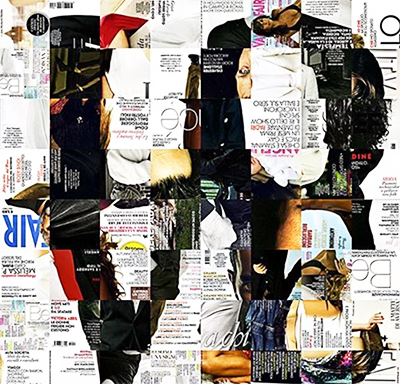 The fate of the newsstand isn’t the same as the fate of print; here’s why the newsstand shouldn’t be used as a symbol of the overall state of print media.
The fate of the newsstand isn’t the same as the fate of print; here’s why the newsstand shouldn’t be used as a symbol of the overall state of print media.
Tony Silber, VP of Folio:, wants to make one thing clear: Don’t equate a drop in newsstand health as an indication of the magazine industry in general.
“The newsstand is the weakest part of the print-magazine industry, having long since collapsed as an economically robust distribution channel for most of the players in the supply chain—wholesalers, retailers, distributors and many (most?) magazines,” Silber writes in Folio:. “And before you argue that magazines generate a higher profit for retailers than other products, remember that the national network of wholesalers that existed back in the day disintegrated for a reason—and that anyway, consumers themselves have changed.”
The disruption of the newsstand model came at a challenging time for magazines knee-deep in the aftereffects of the last recession. And, for many publishers, it came at exactly the right time, forcing them to try creative distribution solutions and use digital channels to read their rabid fans.
Many were quick to blame digital for the newsstand’s woes, but that’s wrong-headed. It wasn’t digital content that disrupted the model, but the model itself that imploded under its own weight.
“There used to be hundreds of magazine wholesalers. Now there are two,” Silber quietly notes.
And publishers, one way or another, are still publishing.
“Newsstand sales have always fundamentally been an impulse buy,” Silber explains. “Single copies cost way more than a subscription, and these days, with a mobile phone and social media, you can easily access (yesterday) everything you see on the newsstand today.”
“Subscriptions are a different story. And magazine brands remain things that people want—not just to access great journalism, but also help define who they are. A magazine on a coffee table says more to friends and guests than a laptop open to, say, BuzzFeed, ever could. That will be true well into the foreseeable future,” he continues.
Yes, newsstands sales are down. Yes, a robust and growing newsstand model would be a boon to publishers. But as channels evolve, so do publishers and the consumers they aim to reach. Silber’s got it right when he talks about magazines still having that “360-degree access to buyers that advertisers need.” And that’s the truth, newsstand or no.
